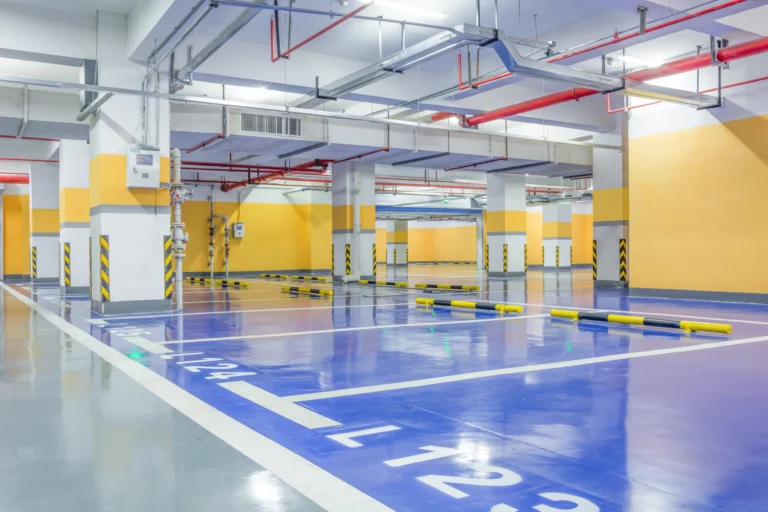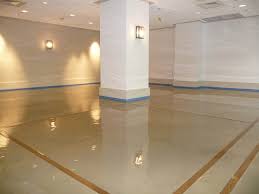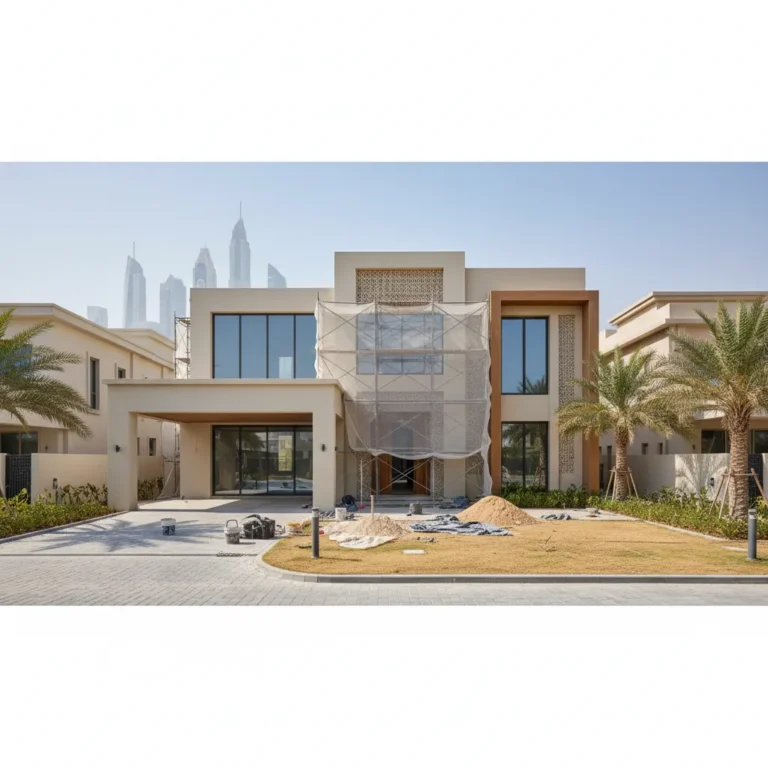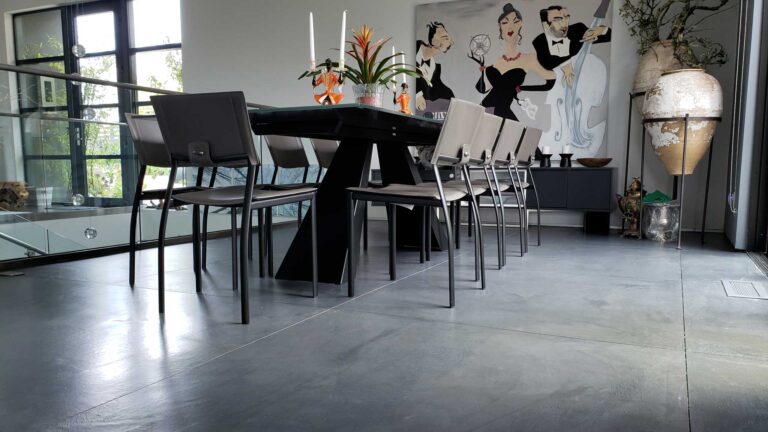Hospitals, diagnostic centers, and laboratories in the UAE operate in high-risk, high-traffic environments where infection control, safety, and equipment protection are non-negotiable. Traditional flooring with joints, grout lines, or porous surfaces can trap contaminants and make cleaning harder. That’s why antistatic and antimicrobial epoxy flooring has become the preferred choice — it delivers a seamless, hygienic, and ESD-safe surface designed for healthcare and lab standards.
What Is Antistatic (ESD) Epoxy Flooring?
Antistatic or ESD epoxy flooring is a specialized resin floor that dissipates electrostatic charges safely to earth. In hospitals and labs, static can interfere with sensitive medical devices, analytical instruments, and cleanroom processes.
Key points:
- Prevents sudden electrostatic discharge (ESD)
- Protects medical, laboratory, and electronics-in-healthcare equipment
- Uses conductive epoxy with earthing/copper tape network
- Suitable for cleanrooms, diagnostic labs, pharma QC, imaging control rooms
What Is Antimicrobial Epoxy Flooring?
Antimicrobial epoxy flooring is an epoxy resin system enhanced with antimicrobial agents to inhibit the growth of bacteria and microbes on the floor surface.
Why it’s useful in healthcare:
- Seamless and non-porous → no place for microbes to hide
- Easy to wash and disinfect
- Withstands hospital-grade cleaning chemicals
- Supports infection-control routines between cleaning cycles
It doesn’t replace cleaning and disinfection — it supports it.
Why Combine Antistatic & Antimicrobial in One System?
Many healthcare and lab environments need both:
- Hygiene for patient safety and clean operations
- ESD control for sensitive equipment and precision testing
A combined system solves both problems at once:
- Seamless, disinfectable surface
- ESD-safe surface to control static
- Strong adhesion to concrete
- Chemical and stain resistance
- Long-term, low-maintenance flooring for 24/7 facilities
This is ideal for hospitals and labs in Dubai, Abu Dhabi, Sharjah, and other UAE healthcare hubs.
Where This Flooring Should Be Used
- Operating theatres and preparation rooms
- ICUs, CCUs, HDUs and sterile corridors
- Diagnostic and pathology laboratories
- IVF and fertility labs
- Pharma and R&D labs
- Hospital pharmacies and compounding rooms
- Imaging support rooms and control rooms
- University medical labs
- Central sterile supply departments (CSSD)
All of these areas require either very high hygiene, ESD protection, or both.
Comparison Table
| Flooring Type | Hygienic/Seamless | Antimicrobial | Antistatic (ESD) | Chemical Resistance | Typical Use |
| Standard Epoxy | Yes | No | No | Good | General healthcare corridors |
| Antimicrobial Epoxy | Yes | Yes | No | Very Good | OTs, ICU corridors, recovery areas |
| Antistatic (ESD) Epoxy | Yes | No | Yes | Very Good | Labs, cleanrooms, diagnostic equipment rooms |
| Antistatic + Antimicrobial | Yes | Yes | Yes | Very Good | Hospitals & labs needing hygiene + ESD in one |
Technical Features Hospitals Look For
- Seamless installation: no grout, no joints, no tile edges
- Cove base option: floor-to-wall radius for easy cleaning and to meet health guidelines
- Non-porous finish: liquids, blood, chemicals don’t penetrate
- Disinfectant resistance: compatible with bleach, alcohol, and hospital detergents
- Slip-resistant texture: can be specified for wet clinical zones
- Colour zoning: OT, sterile, biohazard, and lab areas can be colour-differentiated
- Low VOC options: suitable for active healthcare facilities
Typical Installation Build-Up
- Substrate preparation – grinding or shot blasting to achieve a sound, clean surface.
- Primer – moisture-tolerant epoxy primer to improve adhesion (important in UAE humidity).
- Conductive layer / copper tape – for areas that require antistatic/ESD performance.
- Epoxy body coat – high-build, seamless, chemical-resistant layer.
- Antimicrobial / ESD topcoat – the wearing surface that delivers hygiene and static control.
- Curing and testing – ESD testing and thickness checks before handover.
Benefits for UAE Healthcare Projects
- Works in 24/7 facilities
- Withstands frequent cleaning and disinfection
- Supports infection-control protocols
- Protects sensitive equipment from static
- Reduces long-term maintenance compared to tiled floors
- Supports DHA/MOH/UAE facility design standards where seamless and cleanable floors are preferred
- Can be supplied in light colours to show cleanliness
Why This Matters in the UAE
- Hospitals and labs in Dubai, Abu Dhabi, and Sharjah run 24/7 — flooring must tolerate constant footfall and trolley traffic.
- High temperatures and intensive cleaning regimes can wear out ordinary floors faster.
- Healthcare accreditation and inspection teams prefer easily cleanable, jointless floor-to-wall transitions.
- A single, well-specified resin floor reduces shutdowns and lifetime cost.
FAQs
What is the best flooring for hospitals and labs?
The best flooring is a seamless, non-porous resin floor — ideally antimicrobial — because it is easy to clean, doesn’t have joints, and tolerates disinfectants.
Do labs need ESD/antistatic flooring?
Yes. Areas with sensitive instruments, testing equipment, or cleanroom processes should use antistatic/ESD epoxy to safely dissipate static and protect devices.
Does antimicrobial epoxy remove the need to disinfect?
No. It reduces surface-level microbial growth, but regular cleaning and hospital disinfection schedules are still required.
Can one flooring system be used in all hospital areas?
You can standardize on one resin system across the facility, and then specify antistatic only in zones that need ESD protection to keep overall costs optimized.





